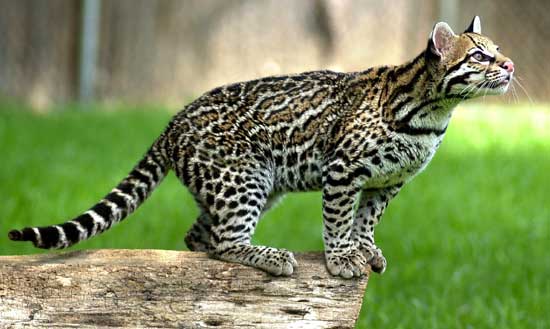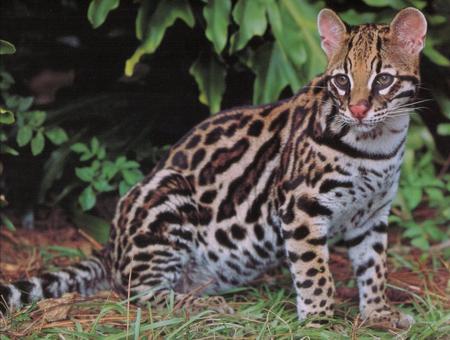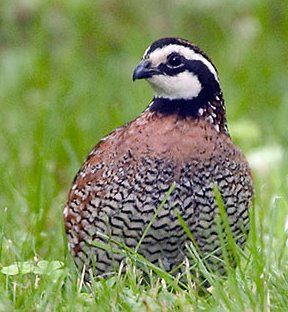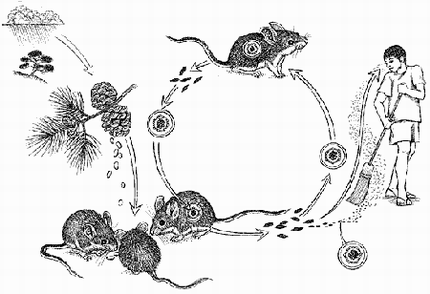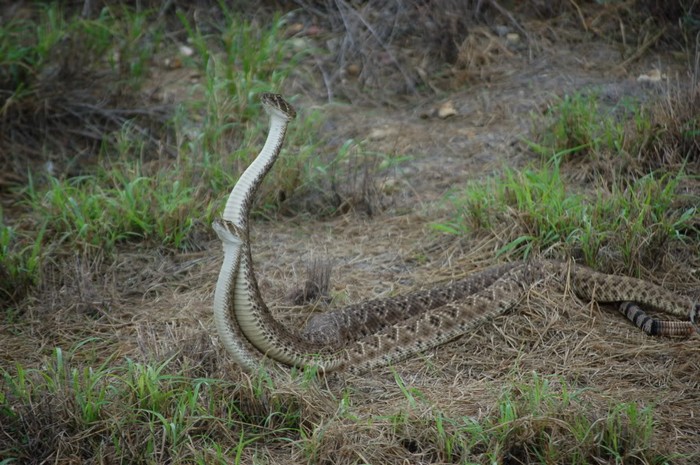
When it comes to heading outdoors, you just never know what you will see. That’s the great thing about getting outside and walking around diverse habitats. Not only do healthy plant communities provide great wildlife habitat, but they also hosts the really cool stuff—the wildlife! I’ve always found that the best time to view any wildlife species is during the breeding or mating season. This is because animals are on the move and often times not paying much attention to things, such as me, around them.
I guess before I continue much further, I understand that many people do not enjoy snakes, especially rattlesnakes, but they are actually very interesting animals. But once you get over “they can kill you” thing, I think most people will appreciate the role that rattlesnakes play in their environment. Well, at least to some extent. These cold-blooded killers are not really the aggressive, come-and-get-you reptiles that people make them out to be. Continue reading Photos of Rattlesnakes Mating!
